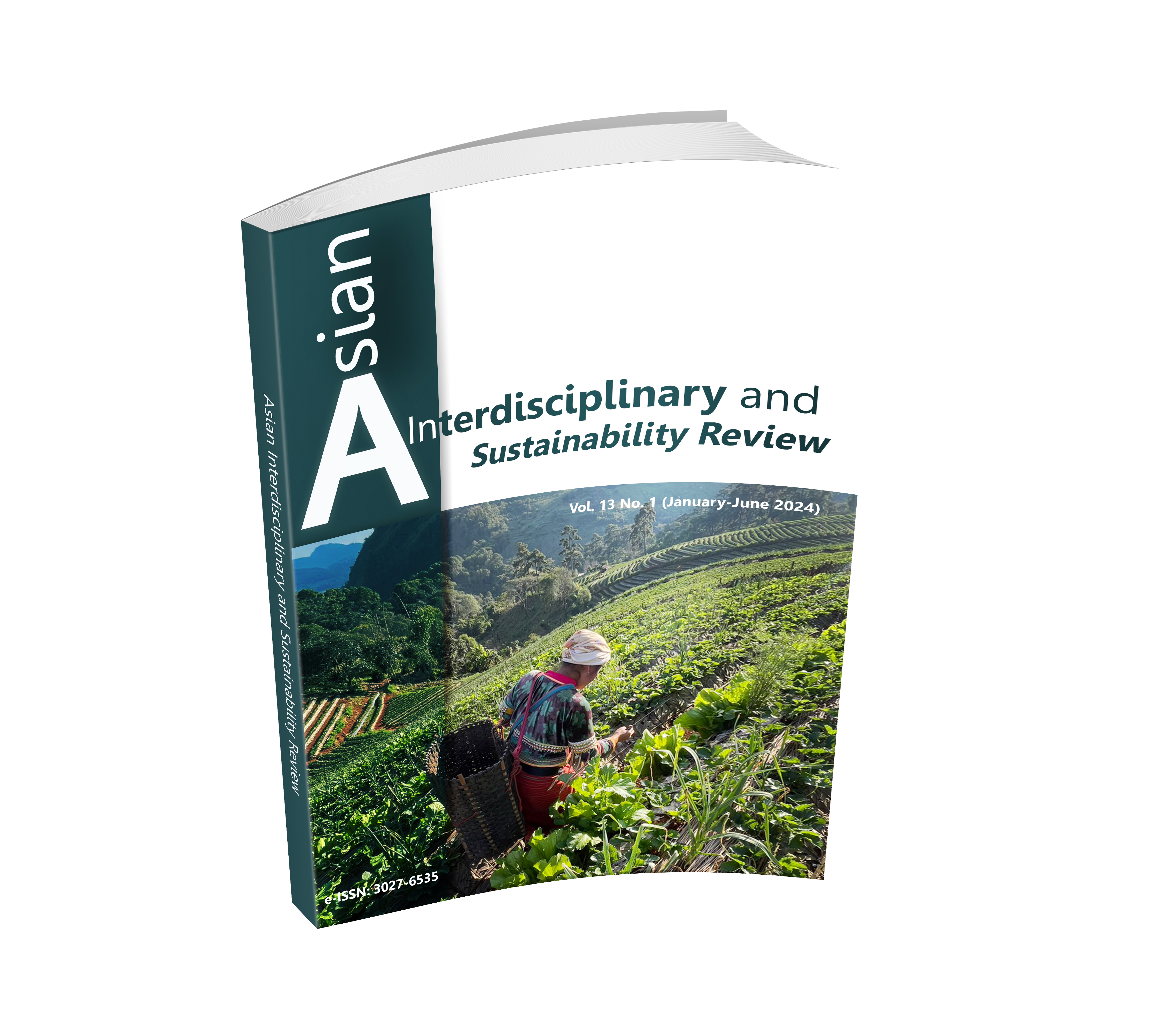THE MAKING OF A PRINCE CHARMING: PERSPECTIVES ON THE VIGOR AND RIGORS OF BECOMING A “PRINCE CHARMING” IN KOREAN DRAMAS
DOI:
https://doi.org/10.14456/aisr.2024.6Keywords:
Prince Charming, Korean Dramas, Global MarketAbstract
With the phenomenal success of Korean dramas, it is interesting and important to investigate how they have influenced the global market and identify the possible reasons why they have reached such a level of popularity. Hence, this paper aims to present a review of the relevant literature in relation to what makes the leading man in Korean dramas “Prince Charming” that most viewers swoon over them. It seeks to discuss the vigor and rigors of what makes a leading man an “ideal man” based on the existing literature and insights gained based on the authors’ observations as viewers of Korean dramas. Along with the previous findings that have been surveyed in this paper, physical changes or transformation can be added as a factor in creating a “Prince Charming”, at least in the Korean drama context. This is observed when the Prince Charming adapts his status to that of the leading woman, creating the “attainability” image as reflected in more casual wardrobes and informal (i.e. gel-free) hairstyles sported by the leading men. In such cases, the Prince Charming becomes more attainable and more human, rather than an unattainable, ideal being. Another aspect to consider is that the female lead is not generally presented as a damsel in distress anymore that is in need of being rescued in the traditional fairy tales, but that the leading women have their own careers, have strong personalities and have their own convictions, despite having a (still) unequal status with that of the leading men.
Downloads
References
Dutta, D. (2023). ‘Kkothminam’: Explaining Flower Boys in K-Dramas. Retrieved from https://rollingstoneindia.com/kkothminam-explaining-flower-boys-in-k-dramas/.
Gammon, T. (2022). “I’d Have Divorced My Husband If Not for Korean Dramas”–Vietnamese Women’s Consumption of Television Romance and Melancholia. Studies in Gender and Sexuality, 23(3), 207-223.
Gongora, M. (2013). The Identification and Distancing of Filipino Korean Language Students in Watching Korean Telenovelas. Retrieved from www.ac.upd.edu.ph/acmedia/images/books-monographs/East_Asian_Popular_Culture/Ch-7_-The-Identification-and-Distancing-of-Filipino-Korean-Language-Students-in-Watching-Korean-Telenovelas_96dpi.pdf.
Hassim, N., Jayasainan, S., & Khalid, N. (2019). Exploring viewer experiences with sageuk K-dramas from a parasocial relations perspective. SEARCH Journal of Media and Communication Research, 11(1), 77-94.
Jeelani, H. (2021). ICYMI, K-dramas Have Been Turning the Male Gaze on Men. Retrieved from www.vogue.in/culture-and-living/content/icymi-k-dramas-have-been-turning-the-male-gaze-on-men.
Kwon, J. (2022). ‘The Netflix Effect’: Why Western Women are Heading to South Korea in Search of Love. Retrieved from https://edition.cnn.com/travel/article/south-korea-western-women-seeking-love-intl-hnk-dst/index.html.
Lee, M. (2020a). Intimacy Beyond Sex: Korean Television Dramas, Nonsexual Masculinities, and Transnational Erotic Desires. Feminist Formations, 32(3), 100-120.
Lee, M. (2020b). Touring the Land of Romance: Transnational Korean Television Drama Consumption from Online Desires to Offline Intimacy. Journal of Tourism and Cultural Change, 18(1), 67-80.
Micallef, E. (2006). Fairytales: The Influence on Young Women's Perception of Romantic Love. Bachelor of Psychology Thesis, University of Malta.
Mutmainna, M. (2015). Re-thinking Fairytales: Happily “Never” After?. International Journal of Humanities and Social Science Invention, 4(8), 49-54.
Render, D. (2017). The Prince Charming Effect: An Analysis of the Effect Unrealistic Portrayals of Men Have on Relationship Satisfaction within Romantic Relationships. Retrieved from https://ursa.mercer.edu/bitstream/handle/10898/3710/The%20Prince%20Charming%20Effect.pdf?sequence=1&isAllowed=y.
Serrano, C., Conda, C., Cruz, J., Guzman, G., & Bonje, A. (2022). “What’s Wrong with One More Episode?”: A Qualitative Study on Why Korean Dramas are a Hit in the Philippines. A paper presented at the 4th DLSU Senior High School Research Congress, De La Salle University, Philippines.
Steinzeig, A. (2012). Waiting for Prince Charming: Gender Expectations in the European Fairy Tale. Retrieved from https://core.ac.uk/download/pdf/48846588.pdf.

Downloads
Published
How to Cite
Issue
Section
License
Copyright (c) 2024 Authors

This work is licensed under a Creative Commons Attribution-NonCommercial-NoDerivatives 4.0 International License.











.png)


